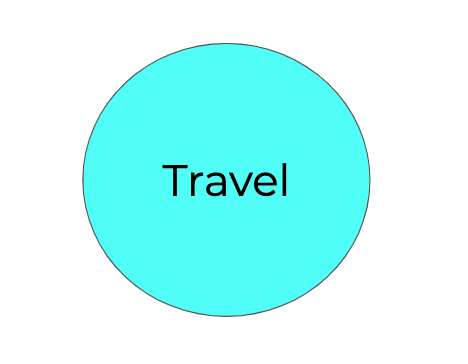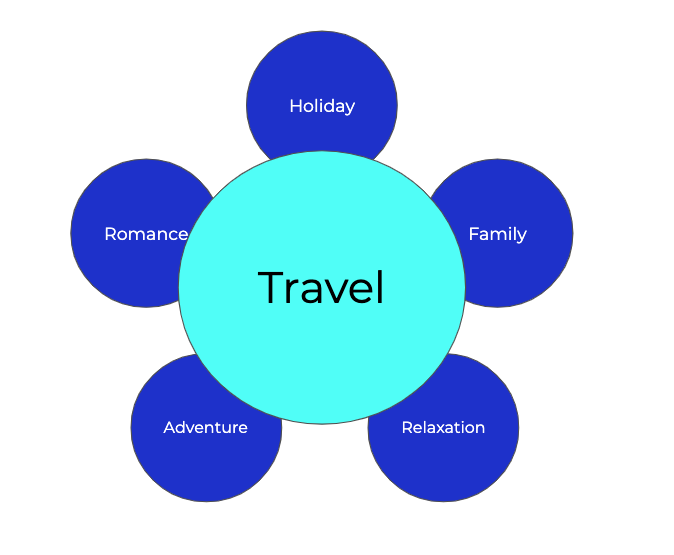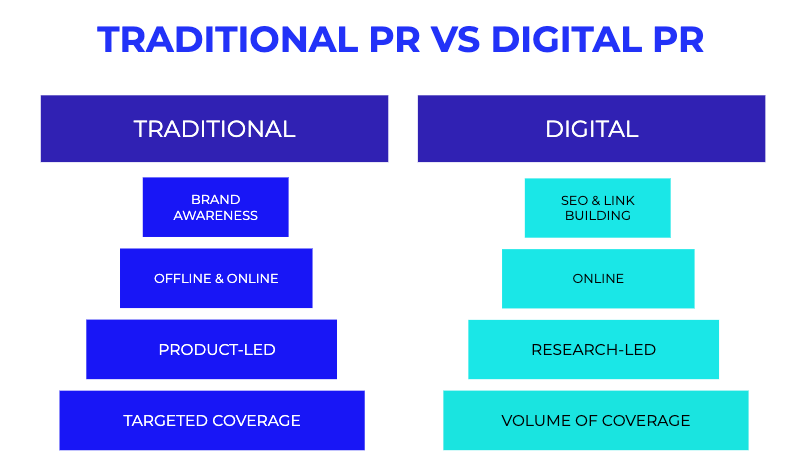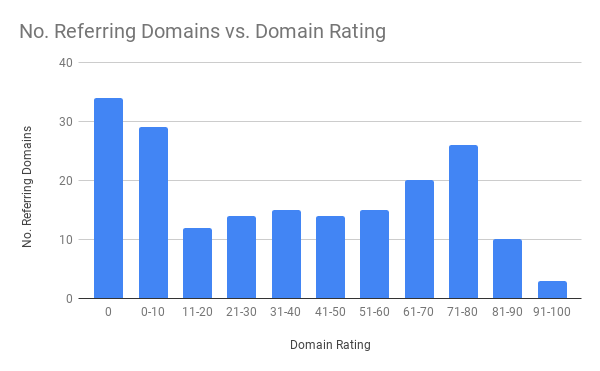How to Adapt Your PR Strategy for the Digital Age
I find it a constant challenge in my work at Kaizen to create a content campaign for a brand that is not only relevant to their product, but also has the right traits to earn a bunch of SEO valuable links and coverage. There’s a reason why finding this balance is so tough. A brand […]

I find it a constant challenge in my work at Kaizen to create a content campaign for a brand that is not only relevant to their product, but also has the right traits to earn a bunch of SEO valuable links and coverage. There’s a reason why finding this balance is so tough.
A brand will inevitably want a link-building campaign to tie in as closely with their product, ethos and traditional PR strategy as closely as possible. For example, a travel provider – let’s call them TravelisGreat.com – may want a link-building campaign on ‘TravelisGreat.com’s Best Holiday Deals for 2019’.
Why wouldn’t they?
Getting coverage and backlinks from top-tier media for a campaign like this would do wonders for both their PR and SEO, and inevitably increase sales.
But top-tier media publications wouldn’t cover this campaign without a fee. A campaign like this leaves the realm of link-building and enters the (more costly) realm of sponsored advertising. Let’s look at the reasons of why this is:
- It doesn’t tell a unique story.
- It is product-led, rather than research-led.
- The reader value is limited to the brand, not new, actionable information.
Let’s take a look at how you can use a link-building campaign for a travel brand successfully.
Case Study: Lastminute.com
For Lastminute.com, an online travel provider, myself and the team looked at their key niche:

We then thought about how we can widen the inspiration:

We chose to go down the relaxation route, and created a unique data index on the most chilled-out countries around the world.
By comparing the number of work breaks, the environment, the culture and human rights, we were able to create a ranking of the top 15 most chilled-out countries. The campaign earned nearly 50 links and over 100 pieces of coverage, including The Daily Mail and Lonely Planet.
This campaign was so successful because it was research-led, not product-led, it helped readers make a decision and, because of the unique data set, it told a unique story. You can read more about data storytelling on my slides for SEO Day here.
The fundamental elements of successful link-building campaigns

Unlike traditional PR strategies, which revolve around brand awareness as their main target, link-building PR campaigns are predominantly to improve a brand’s SEO, with increased brand awareness an added bonus.
By its nature then, digital PR exists purely online, and the benefits all originate online. By securing follow links on top-tier media publications, like the Daily Mail, Business Insider, or Lonely Planet, digital PR builds up a strong backlink profile for the brand. Google then looks at this, thinks about it for a while, then decides to take it into account when ranking the brand on its search results (the thinking being, if these media publications value it enough to link to it, then it must be pretty worth-while).
Keen to learn more? Tickets are on-sale for our Intro to Digital PR Workshop
A strong link-building campaign is research-led, not product-led. We create in-depth, data-led stories by creating unique data sets for a client then visualising them in a way that takes the reader on a journey, offers them new and valuable information and ultimately either answers a question people are asking, or helps someone make a decision. For more on this, see our golden rules for content creation here.
Additionally, traditional PR strategies are necessarily very targeted in the media publications they look to for a feature, because there is little-to-no point in getting physical placement in a publication with no relevance and low readership. On the other hand, whilst a majority low-DR backlink profile could potentially damage your site, link-building strategies rely far more on the volume of coverage rather than targeting a few specific, relevant sites to be successful. A healthy backlink profile generally consists of a few top-tier backlinks, a majority of medium backlinks and a scattering of low backlinks.

This is an example of a healthy backlink profile, where there are over a quarter of links from over DR 60 sites, and naturally low links from trickle coverage.
Want to Find Out More About Digital PR?
Digital PR is an often-complicated sector, but I wanted to boil it down to a completely transparent, accessible and actionable strategy.
In our Introduction to Digital PR Workshops, we discuss the pros and cons of a variety of PR strategies, primarily focussing on how digital PR strategies differ, and how to make them successful.
The sessions include:
- Creating Winning Content Ideas
- Online Tools & Tech That Automate the Process
- Finding Journalists and Creating Prospect Lists
- Optimising Email Headlines for Click Rate
- Writing Emails and Press Releases
I run these workshops with the aim of refreshing PR professionals’ knowledge, giving all the necessary tools to transfer from a traditional to digital PR, and training up the next generation of digital PR superstars.
There is a session in August and a session in December – you can find out more about the workshops here.

 Search
Search PR
PR AI
AI Social
Social














